It’s been a long time since Super Meat Boy came out. It started in 2008 as a Flash game, then made its way to consoles and PC starting in 2010, which doesn’t sound like that long, but it was almost two console generations ago. In this field, that’s as good as decades. It’s long enough that there’s a whole new potential audience for it.
Super Meat Boy was a genuine hit, selling over a million copies. It spurred a flurry of imitators, great and small. Every demanding, unapologetically challenging platformer from the last decade, to my mind, owes at least a symbolic debt to Super Meat Boy.
Whenever you play a Mario Maker level that’s 90% elaborately rotating spikes and saw blades, or spend several hours beating your head against a stage in Celeste or Cuphead, Meat Boy is there in spirit. He is our bloody patron saint of difficult but mostly fair platform challenges.
According to its lead programmer/business manager/producer/writer Tommy Refenes, Super Meat Boy Forever has been in the works off and on for around eight years. It was initially prototyped in 2011, begun and initially showed off at PAX West in 2014, stopped entirely in 2017, and then “basically started over” later that year. The release date has shifted forward one year once a year since 2014 or so.
Since then, Team Meat has grown to 14 people, including a full-time artist, level designer, and animator (and notably not including co-creator Edmund McMillen). Super Meat Boy Forever is now scheduled to come out… well, when it comes out. (Maybe the world is telling us not to name our sequels “Forever.”)
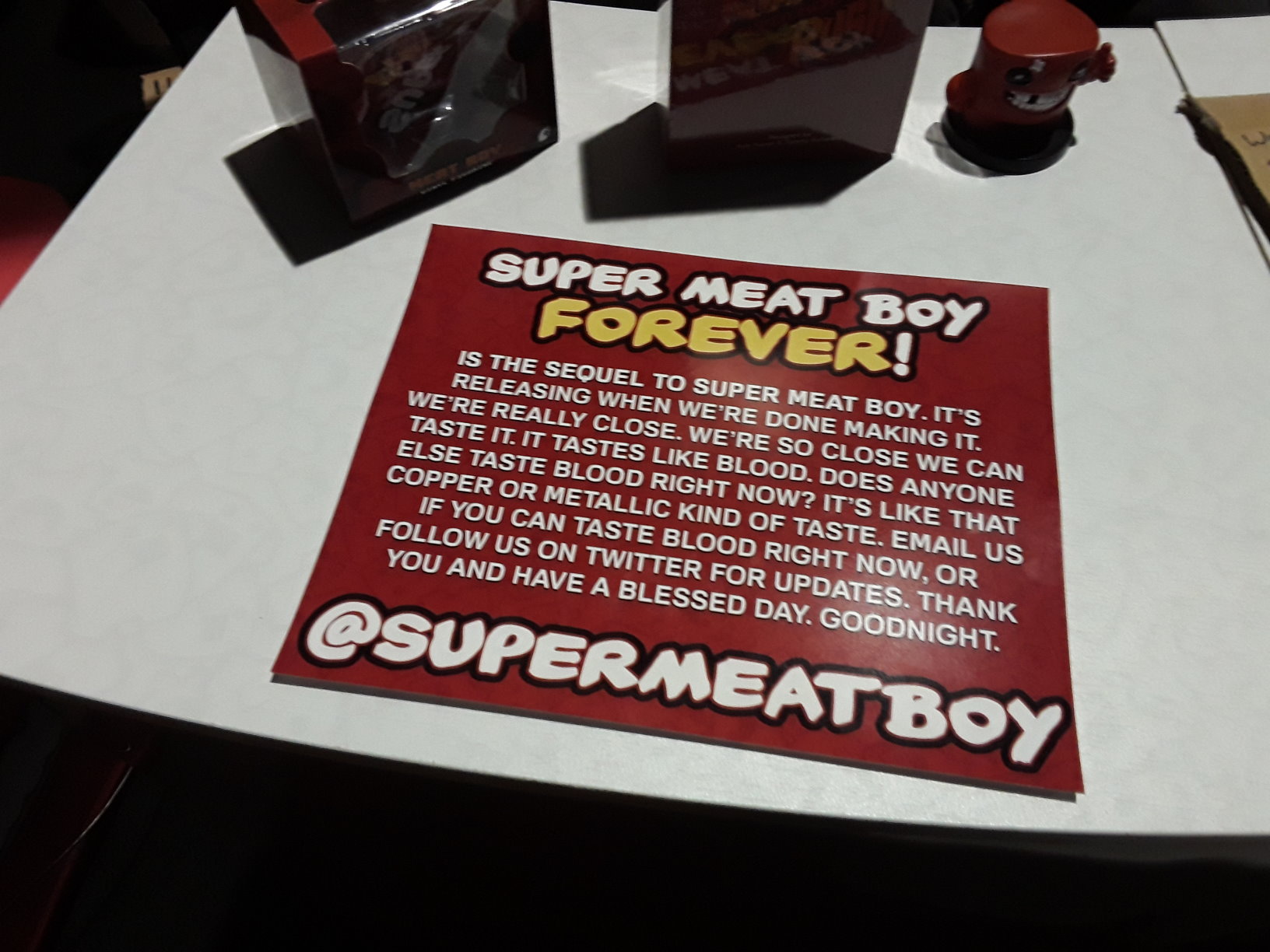
The disclaimers on the demo kiosks for
Super Meat Boy Forever at PAX West 2019.
After spending that much time in development hell, with a couple of different false starts, you’d think the final product would end up feeling a little self-conscious. That isn’t really the case with Super Meat Boy Forever.
Much like Meat Boy himself, it’s cheerful and oblivious to anyone else’s opinion. The best thing about Meat Boy, in general, has always been its “why the hell not” atmosphere, where you go from hell to heaven to 8-bit flashbacks and back again without rhyme, reason, or sense, and Super Meat Boy Forever has that in spades.
It’s been some time since the original Super Meat Boy, long enough for Meat Boy and Bandage Girl to settle down and have a kid, named Nugget. (One of my favorite things about Nugget is the look on Meat Boy’s face, as if every time he sees the kid, he remembers he’s a dad all over again.)
One day, during a family picnic, Dr. Fetus abruptly shows up and kidnaps Nugget.
(I asked Refenes at PAX what the deal was there, as Dr. Fetus was very visibly stomped into mucilage at the end of Super Meat Boy. His answer was to say “Enh” and shrug. There you go.)
The significant change in Forever over Super Meat Boy is that now, your character never stops moving. From the moment you hit the ground, your character – both Meat Boy and Bandage Girl are playable and mechanically identical – takes off at a dead sprint to the right. You can jump, slide, rebound off of walls, and use special tiles to change your direction, but you can’t actually ever stop.
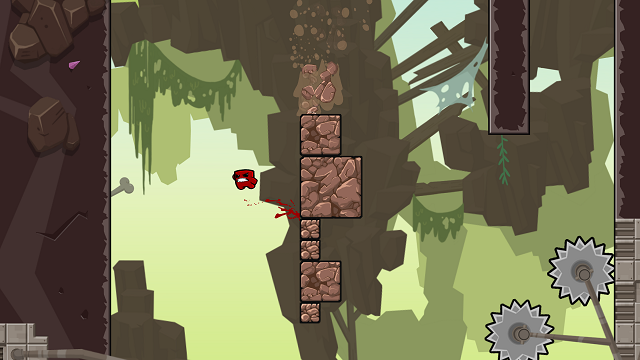
I was initially wary of the premise since it sounded a lot like one of those endless-runner phone games, but playing it feels better than I expected. It basically reduces the number of things you have to keep track of, so you can focus entirely on timing your jumps and slides. Naturally, this is a Meat Boy game, so even on the first stage, there are jumps that require a pixel-perfect approach to survive.
As usual, Meat Boy inhabits a universe that is anywhere from 50% to 99% swinging blades at any given time, and navigating each stage is a short gauntlet of deadly leaps, murderous traps, freak mutants, and strange hazards. At the end of every level, you find Nugget again… just in time for Dr. Fetus to kidnap him again. So it goes.
One big difference, of course, is that you can attack now. When Meat Boy or Bandage Girl slide, they stick out a fist or foot in a vicious-looking, weirdly satisfying punch. Used to be, you could only defend yourself from enemies by avoiding them or manipulating the environment against them. Being able to haul off and deck some random monster is a surprisingly big step forward.
While a lot of the structure of Forever is immediately familiar from the original Super Meat Boy, including the basic shape of its world map, the game is designed in a way that actively prevents you from memorizing its patterns. Every stage of Forever is built out of 70 to 100 “chunks,” according to Refenes. These are assembled on the fly to create a one-of-a-kind version of the level. If you back out of a stage to the map and reenter, it reshuffles itself, so it’s difficult to see the same run twice.
It does feel like Super Meat Boy Forever has a lot to live up to. It’s weird to think about just how much has changed in the platformer genre and the indie game marketplace between the first Super Meat Boy and now. At the same time, Super Meat Boy tripped off a wave of imitators and descendants that has never quite subsided, even now.
Forever is heading into a much more populated field now, to compete with a host of games that wouldn’t exist without its predecessor. It’s in with a good chance, but I’m really interested in seeing how the audience will react.

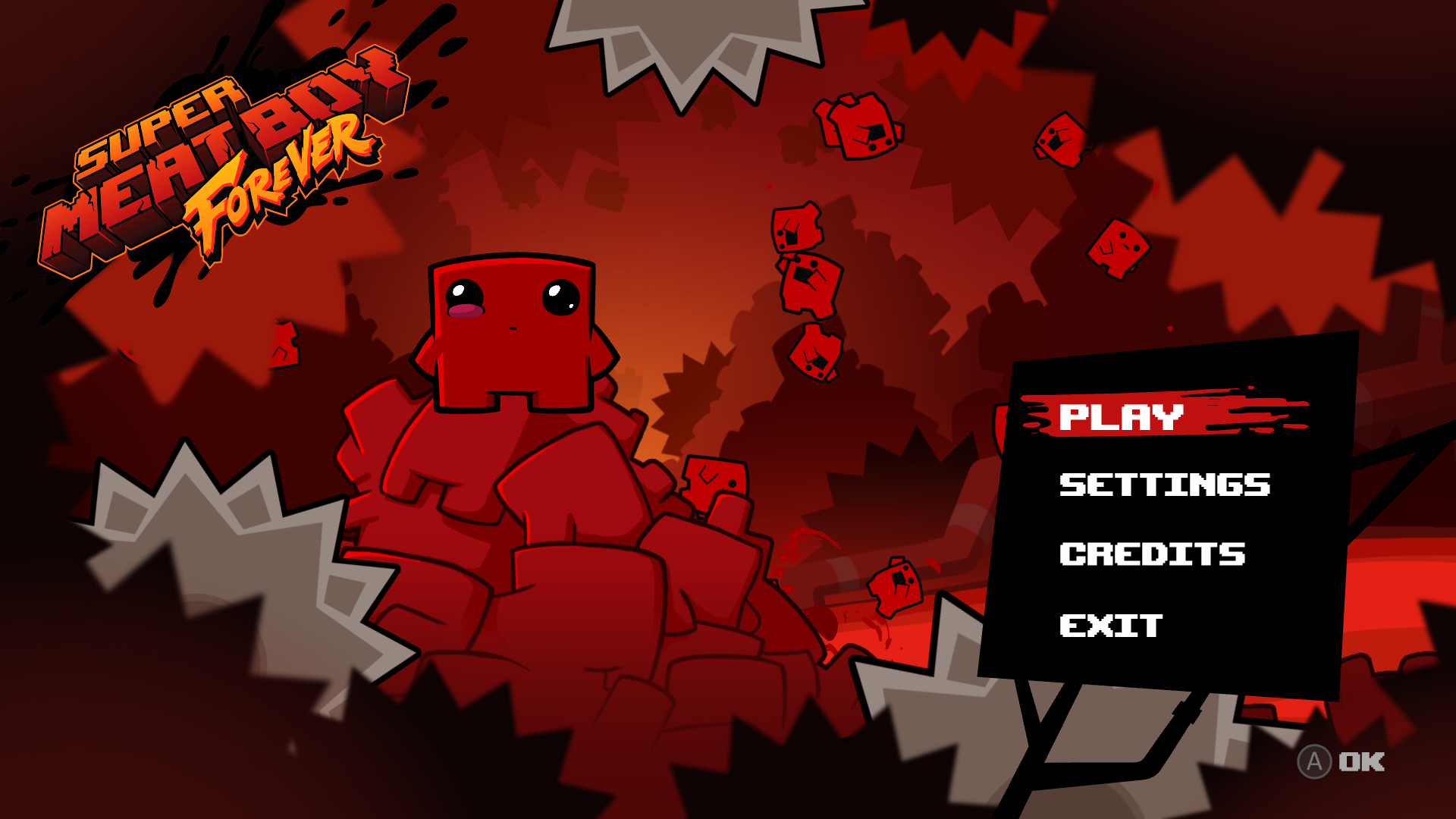
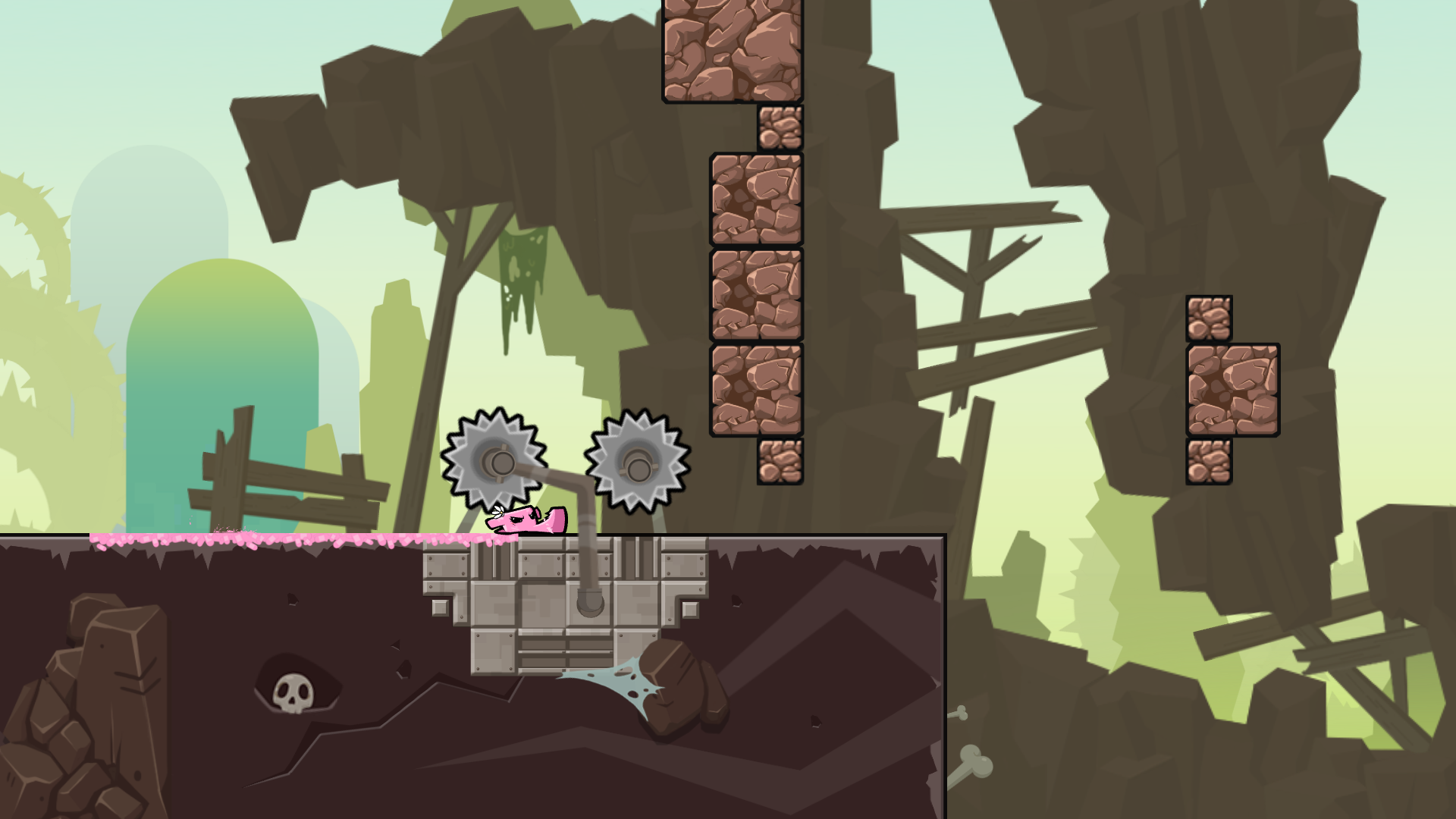
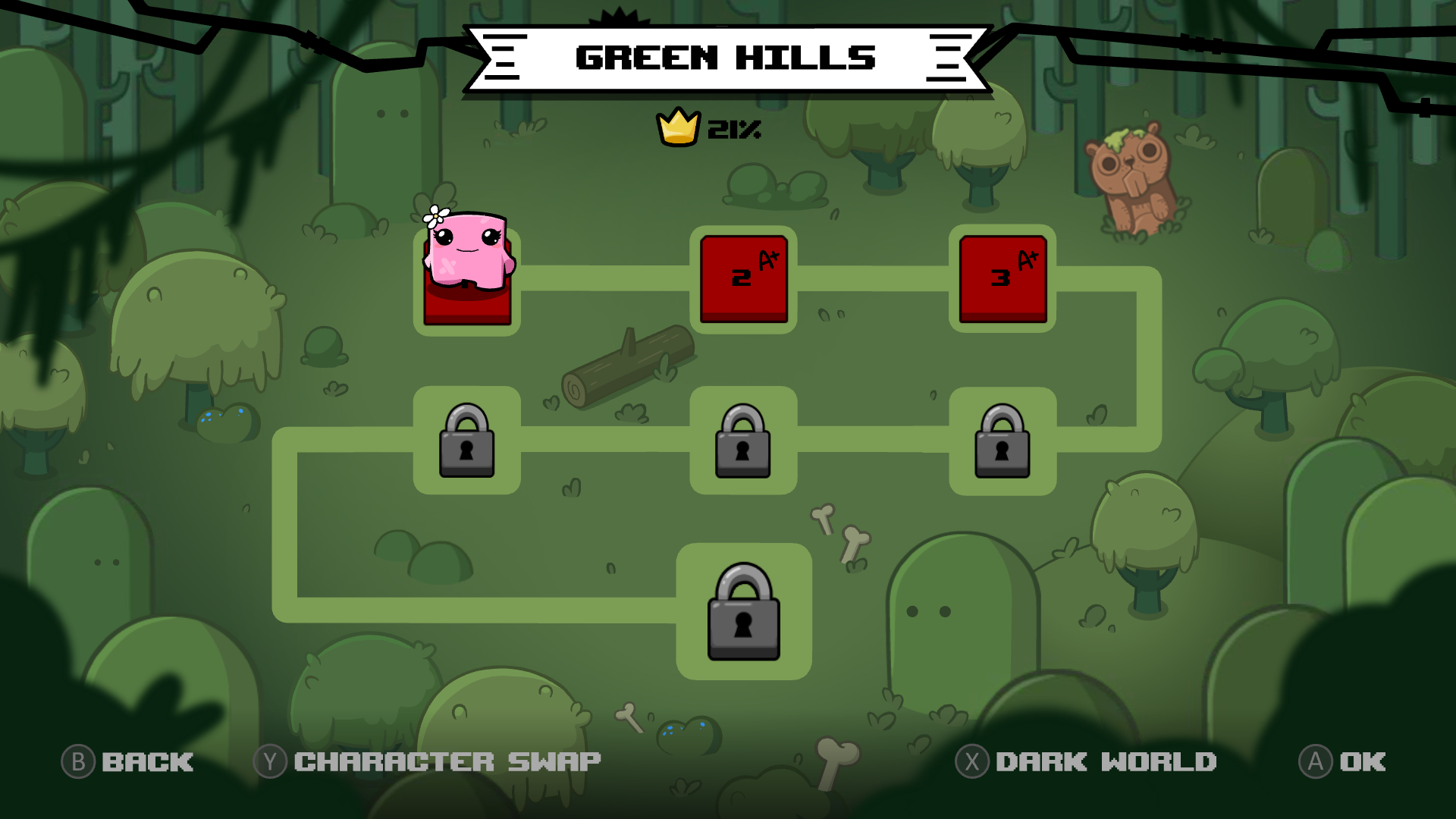








Published: Sep 30, 2019 04:25 am